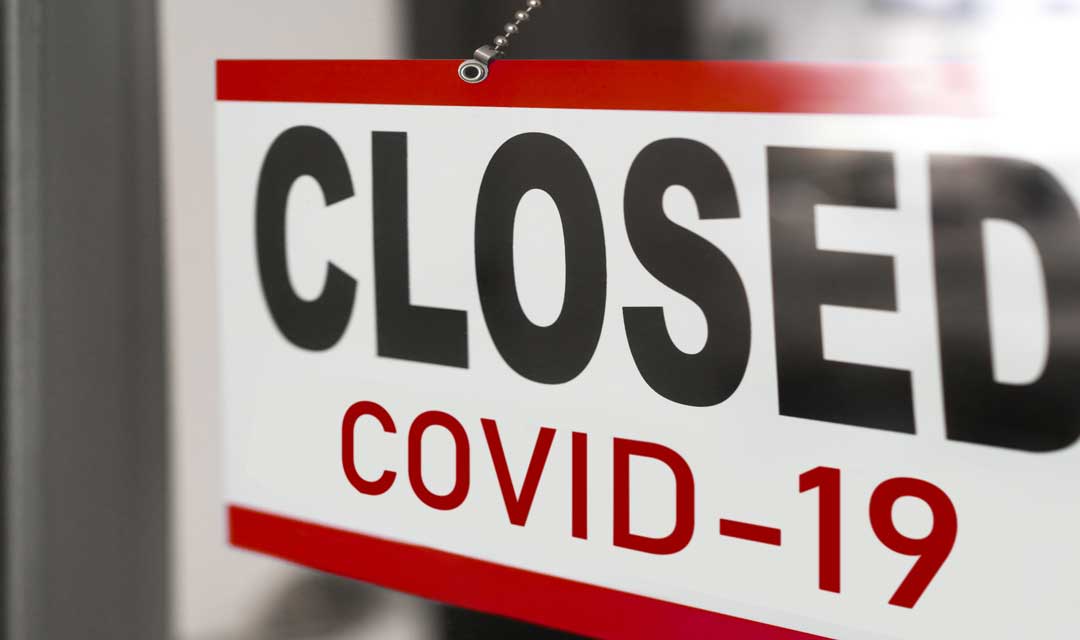
The future of the COVID aid program
The CRB is one of three programs (alongside the Canada Recovery Caregiving Benefit and the Canada Recovery Sickness Benefit) that replaced the initial $2,000-per-month Canada Emergency Response Benefit (CERB) in September 2020.
The CRB began just as generous as CERB but eventually dropped to $600 every two weeks after July 17, 2021. As of September 26, the program paid out just over $26 billion to nearly 2.1 million Canadians.
Applications for the final two-week payment period is October 23, meaning that if the program is not extended to November 20 (which is a possibility included in Budget 2021), it will come to an end by mid-November.
Future aid program
The Federal Government is considering a future $1,200-per-month Canada Recovery Benefit.
But as Canada gradually transitions from COVID-19 lockdowns to post-pandemic recovery, a growing chorus of business, academic and political voices is asking the federal government to put an end to the CRB once and for all, claiming it’s hindering productivity and worsening labour shortages throughout the country.
According to CIBC deputy chief economist Benjamin Tal, an extension in job assistance has to be highly targeted to distinguish between people who lost a significant amount of income because of COVID from those who decided that they don’t want to go back.
Restaurants Canada, the Canadian Federation of Independent Businesses (CFIB) and the Canadian Chamber of Commerce, among other opponents, support the extension.
Political opinions
A few political leaders, such as Quebec Premier François Legault, think that the CERB and the CRB have been a problem and that there is a disincentive to work because we could receive a nice cheque quickly while staying home.
In their campaign platform and media events after the election, the Liberals have instead focused on promises to boost business supports, such as extending the Canada Recovery Hiring Program and creating targeted aid for sectors particularly hard hit by COVID-19 tourism or arts and events.
NDP Leader Jagmeet Singh wants to continue the support, especially in Alberta and Saskatchewan, two of the most impacted provinces. However, he envisions tailored support for people and small businesses who have been the hardest hit. Not for large corporations that have been able to get through this time doing well.
Suppose the Liberals end up successfully negotiating with the Bloc Québécois. In that case, it’s nearly sure the CRB will be put to bed forever, so long as the government commits to targeted support for people and businesses hardest hit by COVID-19.
The Conservative Party has yet to express a specific position on the CRB despite repeating during the campaign the intention to wind down emergency spending in a responsible way, focusing help towards particular sectors.
New threats
But another piece of the CRB puzzle is the Delta variant-driven fourth wave of the COVID-19 pandemic, tearing through Alberta and Saskatchewan.
In Alberta, cases of the Delta variant fill up ICUs and push the healthcare system to the brink. In Saskatchewan, the province was being forced to cancel 200 surgeries per day to ensure hospitals had room to care for the uptick in COVID-19 patients.
Since being re-elected, Trudeau has repeatedly promised not to abandon supports to those provinces. Thus, many Liberals find themselves at odds with the idea of eliminating the CRB at a time when some Canadians may find themselves in need of support if their province decides to reinstate lockdowns.
Extending the program one more month to November 20 would allow the federal government to see how the situation evolves and if the positive trends in case numbers, hospitalizations and Alberta’s overall COVID-19 positivity rate seen this week continue.
Source: National Post
Newsletters
No Results Found
The page you requested could not be found. Try refining your search, or use the navigation above to locate the post.
Events & Sponsorship
No Results Found
The page you requested could not be found. Try refining your search, or use the navigation above to locate the post.
Articles & Publications
Hiring outlook improves for 2021
Hiring outlook improves for 2021 One-third of employers reporting labour shortages, up from one-quarter: Survey Employers’ hiring intentions for 2021 have improved compared with earlier in 2020, according to a survey from the Bank of Canada. The percentage of...
Tax Brackets Canada 2021
Federal Tax Bracket Rates for 2021 The following are the federal tax rates for 2021 according to the Canada Revenue Agency (CRA): 15% on the first $49,020 of taxable income, and 20.5% on the portion of taxable income over $49,020 up to $98,040 and 26% on the portion...
RRSP Contribution Limits: How Much Can You Deposit?
RRSP Contribution Limits: How Much Can You Deposit? Contributions to registered retirement savings plans (RRSPs) reduce the amount of income tax you pay, but there are limits on how much you can deposit each year. Registered retirement savings plans (RRSPs) encourage...
Home Office Expenses: New Deduction Methods
Home Office Expenses – New Deduction Methods New Simplified Deduction Methods, New Taxable Benefit Exception, and Employer Obligations On November 30, 2020, Deputy Prime Minister and Minister of Finance Chrystia Freeland released Supporting Canadians and...
What Is Bookkeeping?
To understand the financial health of your business, you need to have precise bookkeeping. Bookkeeping involves verifying receipts, depositing payments into a bank account, and keeping clear records so that all financial information is easily accessible when needed....